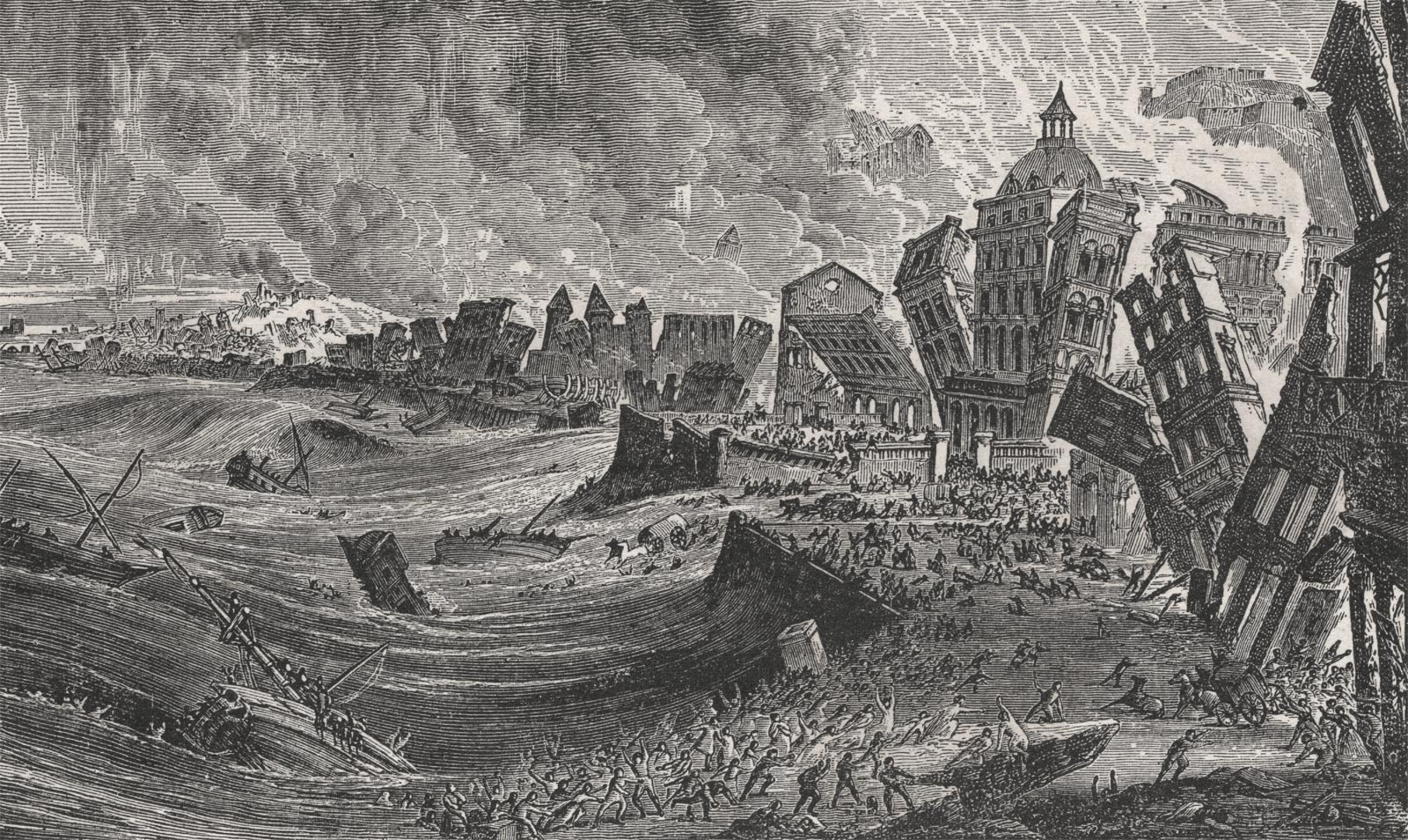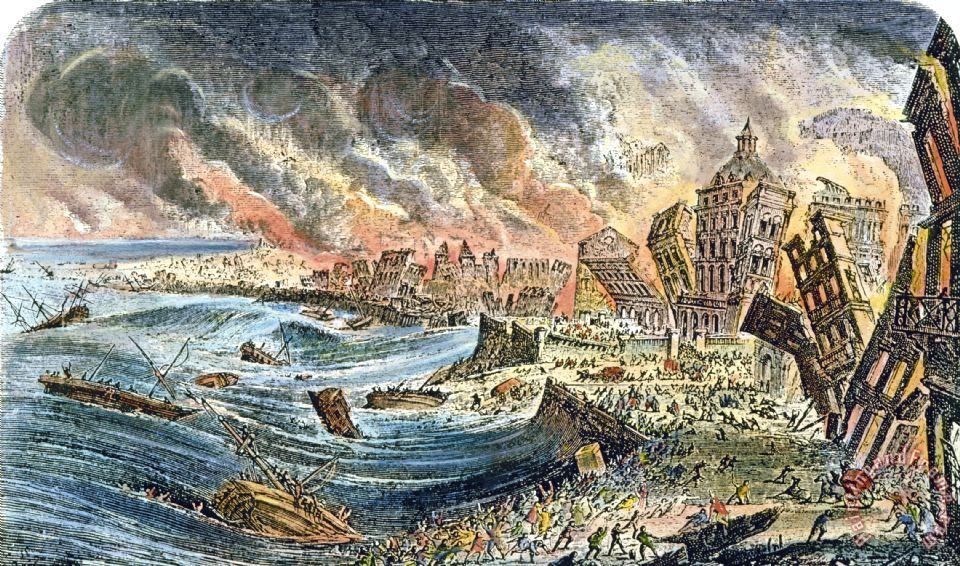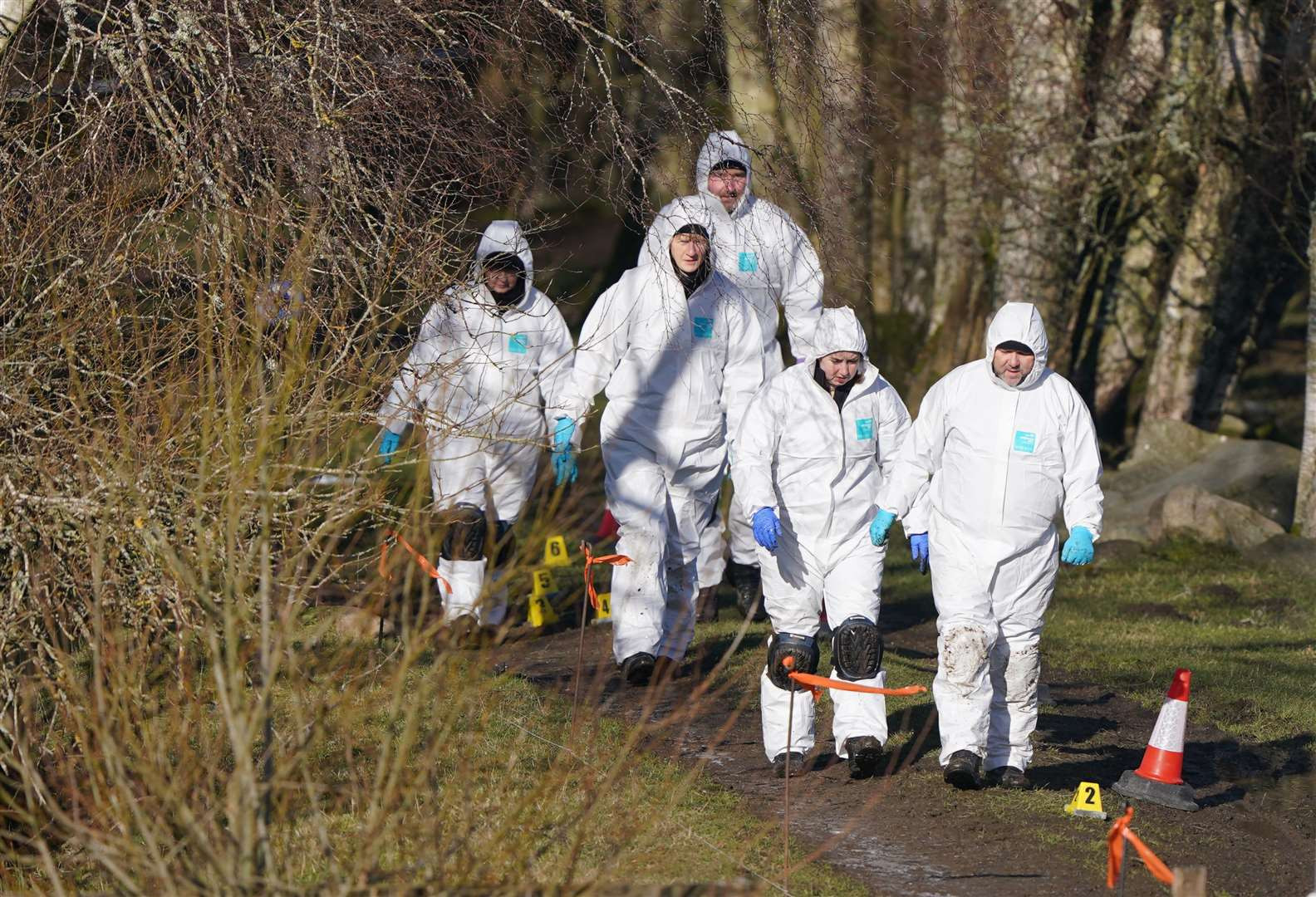A powerful earthquake jolted Portugal and sent tremors across the Iberian Peninsula, shaking the Portuguese capital, Lisbon, in the early hours of Monday morning. The quake, estimated at 5.4 magnitude on the Richter scale, was felt as far north as Porto, and even in neighboring Spain and Morocco. This seismic event, while causing widespread alarm, thankfully didn't result in immediate reports of serious damage or injuries.
The earthquake, which struck in the Atlantic Ocean, southeast of Lisbon, was recorded at 5:11 am local time (6:11 am CET) by the US Geophysical Institute (USGS) and the Euro-Mediterranean Seismological Centre. The epicenter of the tremor was located 36 miles west of the town of Sines, at a depth of around 11 miles below the seabed.
A Widespread Shake
Reports from social media and local news sources indicated that the shockwaves were most intense in the town of Sines, Lisbon, and the Setúbal area. Social media users described the experience, with some recounting their experiences of being woken up by the shaking. “We are located on the ground floor apartment and the entire building shook above us and the floor below us felt like it was sinking. Our dogs woke up and were freaking out,” Keira McCann told BNO News. “We did not expect to experience this in Portugal.”
Vera Fassbender, a resident of Lisbon, also shared her experience, stating, “I felt it shaking for 3-5 seconds”. “I am on the 8th floor. It was a light shaking but very noticeable and also a bit scary!”
The earthquake's impact extended beyond Portugal's borders, with tremors felt in parts of Morocco, including the Casablanca area. “Initially thought I was just shaking while sleeping until my brother rushed to properly wake me up and tell me that he felt it too,” Rimah Oubella in Casablanca said.
No Major Damage Reported
While the earthquake caused widespread alarm, there were no immediate reports of serious damage or injuries, according to authorities. Commander José Miranda, a spokesperson for the National Emergency and Civil Protection Authority (ANEPC), told Euronews that they received a surge in calls from concerned citizens seeking information and guidance.
Mr. Miranda stated, “We only have information at this time about a situation in a street in Sesimbra in which possible cracks in buildings are being assessed.”
The Portuguese government assured the public that it was closely coordinating with all relevant emergency services following the earthquake and urged residents to stay calm and adhere to the advice provided by ANEPC.
Portugal's Seismic History
This latest earthquake highlights Portugal's susceptibility to seismic activity. The country's southern offshore region, where the quake struck, sits between the Eurasian and Nubian tectonic plates, with active offshore faults in the area being responsible for most of the earthquakes recorded in Portugal, according to the Lisbon Earthquake Museum.
Active faults also exist within Portugal's mainland, potentially generating destructive earthquakes. While some of these faults have been identified and studied, others remain undiscovered and unexplored.
Lisbon's history is marked by numerous earthquakes, some of which have been devastating. One of the most notable earthquakes in Lisbon's history occurred on November 1, 1755, known as the Great Lisbon earthquake. This catastrophic event, estimated at 8.5-9.0 magnitude, resulted in widespread destruction and an estimated death toll of at least 50,000, including 10,000 in Morocco.
The 1755 quake played a pivotal role in the development of seismology, as it spurred scientists to study earthquakes more scientifically. The earthquake served as a wake-up call for the scientific community, leading to a more rigorous and systematic approach to understanding these natural phenomena.
A Reminder of Nature's Power
While the recent earthquake was a reminder of the potential seismic activity in Portugal, it serves as a testament to the country's resilience and preparedness. The swift response of authorities and the lack of reported major damage or injuries demonstrate the importance of preparedness and ongoing efforts to mitigate the risks associated with earthquakes.
The experience also serves as a reminder of the immense power of nature and the importance of respecting its forces.


















